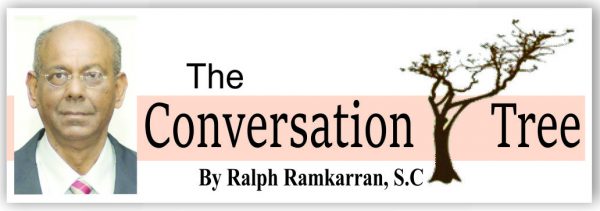
But the PPP/C had ignored warning signs. A political rally at Albion in the 2011 election campaign, which attracted 5,000 persons, was hailed as a resounding success. That same rally in 2006 had attracted an attendance of 10,000. A few realists, who were more familiar with the political ground game, had suggested that if certain outcomes pertaining to candidate selection prevailed, it would be difficult for the PPP/C to sustain the same level of support as in the past. There were other, determining, factors, such as the reducing Indian population and incumbency fatigue – the PPP/C having held office for 19 years by 2011. The result is history. For these elections, the same outcome pertaining to candidate selection has prevailed as in 2011 and the Indian population continues decline.
APNU+AFC has been likewise intoxicated by power realities since 2015. The Guyanese people are generally polite and respectful to their elected leaders. They attend public meetings and events by government officials, surround and greet them courteously, seeking to engage them whenever possible, regardless of which political party they support. Like with the PPP, this creates an aura of popularity which causes momentary forgetfulness of the underlying, dominant, trait of Guyanese politics – the drive for ethno-political dominance. This forgetfulness leads many APNU+AFC supporters, like PPP supporters before them, to be swayed by the claims made by many leaders that they will win the elections. Many leaders themselves believe these claims. They ignore the ethnic factor and the state of the economy which, despite the GDP figures, has not performed for their supporters. They ignore the retrenchment of 7,000 sugar workers, some of whom, dissatisfied with the PPP, had crossed over to the AFC in 2011 and 2015. They ignore the continuing, serious, corruption and crime situation which continues to terrify citizens. Last week alone, one bicycle bandit was shot dead after snatching a handbag and a Cuban national was killed by bandits on a motor cycle.
From the start of the era of free and fair elections in 1992, the PPP/C obtained just over 50% of the electorate. This declined to just under 50% in 2011 and 2015. In these elections next week, therefore, the PPP faces a unique situation. It is contesting the elections as an opposition, not as a governing party. Notwithstanding the negatives mentioned above, its campaign against the lack of noticeable economic progress, the allegations of discrimination against its supporters, the continuing social problems of crime, corruption and poverty, the collapse of the AFC and others, are factors that might persuade PPP supporters that they have a chance at regaining the majority.
The PNC, including in its later formations of PNCR and APNU, has traditionally obtained about 40% of the votes at election time. It has never exceeded 41%t. The AFC obtained 4% at the last local government elections, a decline from 10%. APNU+AFC, therefore, has no reason to expect more than 45% of the votes, without electoral manipulation. Serious political observers know that the current campaign by the APNU+AFC, which promotes the success of is policies in economic development, will win not a single extra vote, just as similar campaigns by the PPP in the past, did not win it extra votes. If the PPP wins about 50%, there is a difference of 5%. Where will this 5% go? On the basis of this analysis, is it rational to believe that these votes will go to the newly established political parties and that they will get between 3 and 5 seats?
If the PPP does not increase its votes and remains just below 50% and the new parties, particularly those that form the combination as a result of the joinder of lists, interesting times will be ahead. Under the Memorandum of Understanding signed by the three parties forming the combination, they have committed that they will not join in coalition with either of the two large parties to provide a majority or to seek ministerial office. All three parties have committed to constitutional reform. Is a new Guyana in the making?





